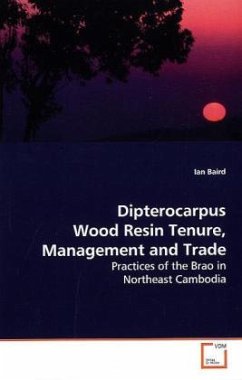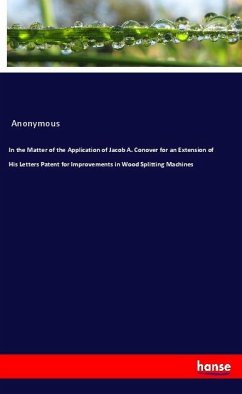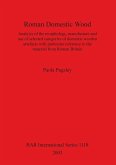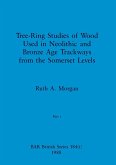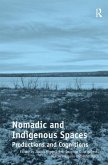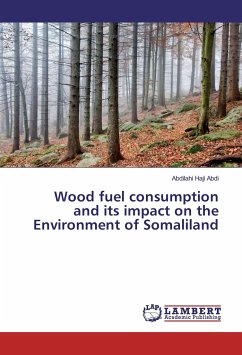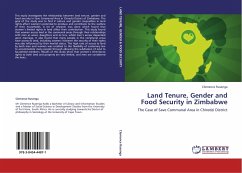Much of the World s tropical and sub-tropical forest
ecosystems are being rapidly degraded. Thus, there is
interest in finding ways to protect biodiversity
while assisting communities to benefit from its use.
One way is through marketing Non-timber Forest
Products (NTFPs). However, NTFP development is often
unsustainable. Wood resin derived from Dipterocarpus
alatus, D. turbinatus, D. intricatus, D. tuberculatus
and D. costatus is a naturally occurring NTFP tapped
by ethnic Brao people living near Virachey National
Park in Taveng Leu Commune, Ratanakiri Province,
northeastern Cambodia. This book describes the uses
of wood resin, as well as harvesting practices,
trading patterns and tenure and management
arrangements associated with it. This research
indicates that resin tapping is generally not
destructive to the resource, despite what some have
reported. In Taveng Leu resin trees are managed using
a system that combines both private and common
property tenure arrangements. This book will be of
interest to a wide range of readers; from foresters
to development practitioners; and from protected area
managers to those interested in the indigenous
peoples of this little-known region.
ecosystems are being rapidly degraded. Thus, there is
interest in finding ways to protect biodiversity
while assisting communities to benefit from its use.
One way is through marketing Non-timber Forest
Products (NTFPs). However, NTFP development is often
unsustainable. Wood resin derived from Dipterocarpus
alatus, D. turbinatus, D. intricatus, D. tuberculatus
and D. costatus is a naturally occurring NTFP tapped
by ethnic Brao people living near Virachey National
Park in Taveng Leu Commune, Ratanakiri Province,
northeastern Cambodia. This book describes the uses
of wood resin, as well as harvesting practices,
trading patterns and tenure and management
arrangements associated with it. This research
indicates that resin tapping is generally not
destructive to the resource, despite what some have
reported. In Taveng Leu resin trees are managed using
a system that combines both private and common
property tenure arrangements. This book will be of
interest to a wide range of readers; from foresters
to development practitioners; and from protected area
managers to those interested in the indigenous
peoples of this little-known region.

